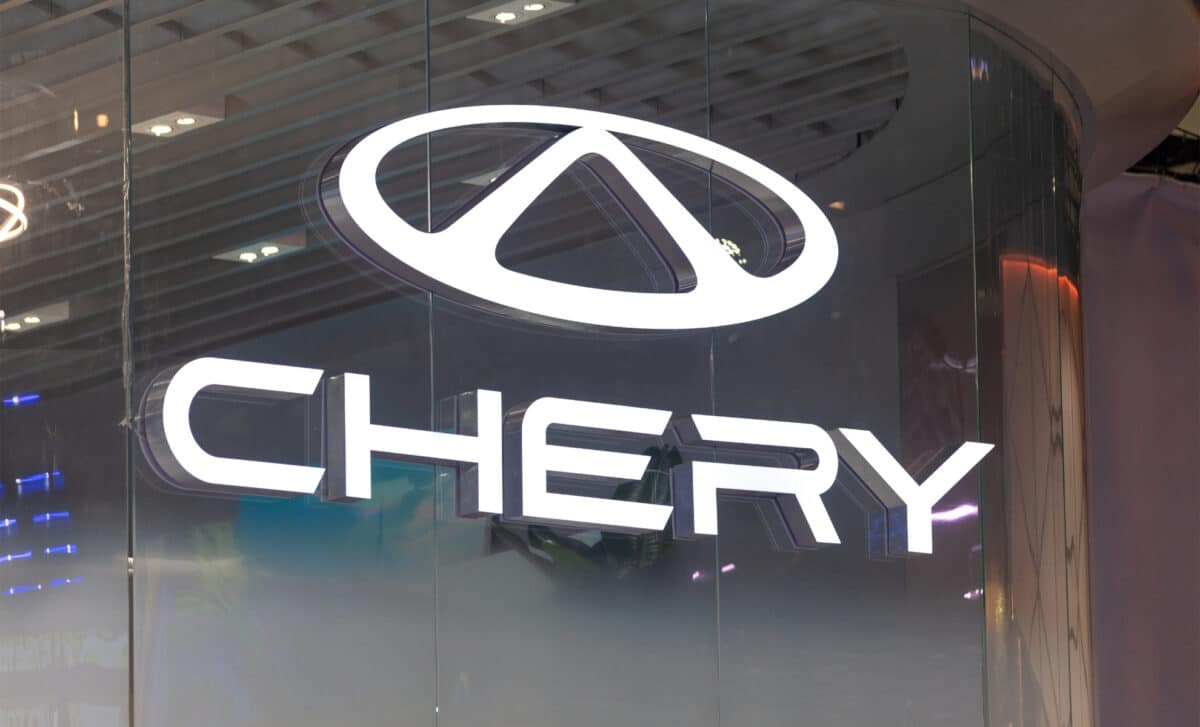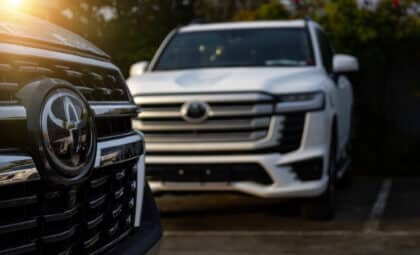Presented at the Global Innovation Conference in Wuhu, China, the battery leverages a safer and more compact design that could significantly reduce the risk of fire and improve performance across a range of conditions. Chery’s announcement may position the company ahead of industry giants like CATL and BYD in the race to bring high-capacity solid-state batteries to market.
The innovation comes as part of a broader trend in China’s automotive sector, which is under increasing pressure to lead in next-generation battery technology. With global competition intensifying, Chery’s prototype suggests that Chinese automakers are prepared to take bold steps toward redefining electric mobility.
Energy Density Breakthrough Surpasses Current Technology
Chery’s new prototype achieves an energy density of 600 Wh/kg, making it one of the most energy-dense EV batteries ever publicly unveiled. To put this figure in context, most current lithium-ion batteries used in electric cars operate at around 250–300 Wh/kg. According to Interesting Engineering, this enhancement could enable vehicles to travel more than twice the distance on a single charge compared to today’s standards.
The battery uses an in-situ polymerized solid electrolyte instead of the conventional flammable liquid electrolyte. This solid-state design is central to the increased energy storage capability and contributes to the system’s improved thermal stability.
At a time when range remains a critical concern for EV adoption, Chery’s solid-state cell offers a potential solution without the need for significantly larger or heavier battery packs. This shift could reshape design choices for future electric models.
Safer Materials and Robust Test Results
Safety remains a major driver behind the development of solid-state batteries, and Chery’s prototype appears to address many of the concerns linked to lithium-ion technology. The company’s battery was subjected to tests involving nail penetration and power-drill damage—scenarios that commonly cause lithium-ion cells to ignite or explode. The results indicated no fire or overheating.
The design incorporates a lithium-rich manganese cathode, which contributes to both safety and storage performance. In the absence of liquid electrolytes, the battery is less prone to thermal runaway and functions more reliably under mechanical stress or extreme environmental conditions.
This improved safety profile could make solid-state batteries a compelling option for markets where regulatory pressure and public concerns around EV fires remain high. It also opens new possibilities for use in public transportation and commercial fleets, where reliability is essential.
Production Timeline and Cost Constraints
Chery plans to begin pilot production in 2026 and aims for mass deployment by 2027, assuming development continues as planned. If successful, the company could become one of the first automakers to industrialize solid-state technology for commercial electric vehicles.
That said, the financial side of the project remains a challenge. Solid-state batteries currently cost roughly 2.8 times more to produce than today’s lithium-ion counterparts, primarily due to expensive input materials and inefficient manufacturing processes.
Cost remains the biggest obstacle to widespread adoption. Without significant price reductions or strong government incentives, the path to mainstream EV integration could be slower than anticipated. Even so, with solid-state research advancing rapidly, Chery’s announcement adds momentum to a global push involving competitors like Toyota, Samsung, and academic institutions such as Tsinghua University, which recently achieved a comparable energy density using a different chemical approach.









